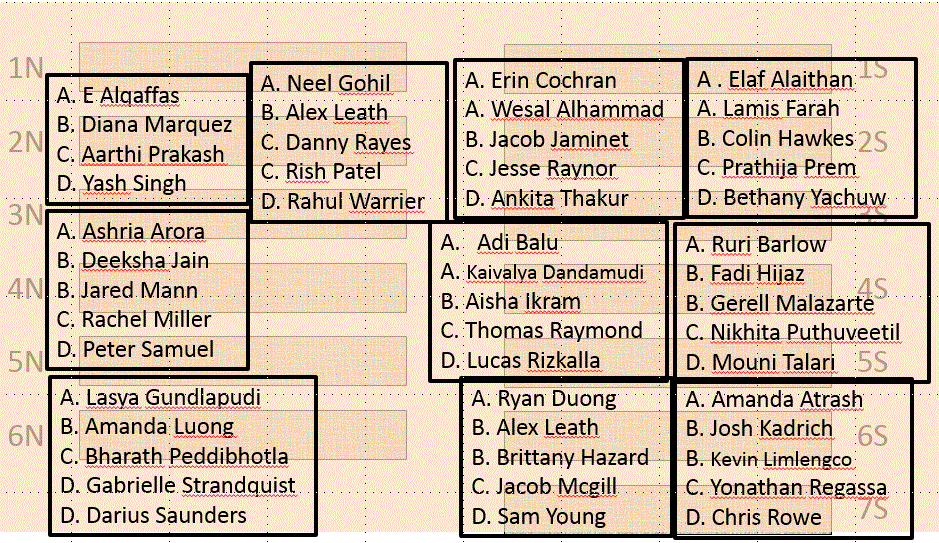|
Your aunt has reached the age where she is frail, and her physician has advised her to take high amounts of Vitamin D. Your family has doubts about this, and since you are known to be engaged in science, they have called on you to investigate whether taking Vitamin D is a good idea. You found on the web four newspaper stories that seem pertinent (see below)... but they clearly don't speak with one voice! Are some of the sources fake news outlets? Are some of the researchers bought off by the pharmaceutical or organic vitamin industry? The question is difficult to assess just from the articles, so you take the matter to us, your colleagues in this class, to resolve the matter. Adopt one of the news articles listed below and find the research article that matches it (same researcher, same year, same topic, and same journal if known). Read the full text of the research article so that on Thursday, January 19, you will be able to discuss it with your colleagues to try to sort out what's going on. Carried over to Tuesday, January 24. See below.
Addition for Tuesday, January 24

|